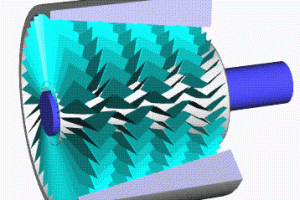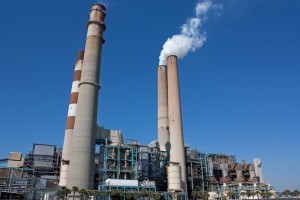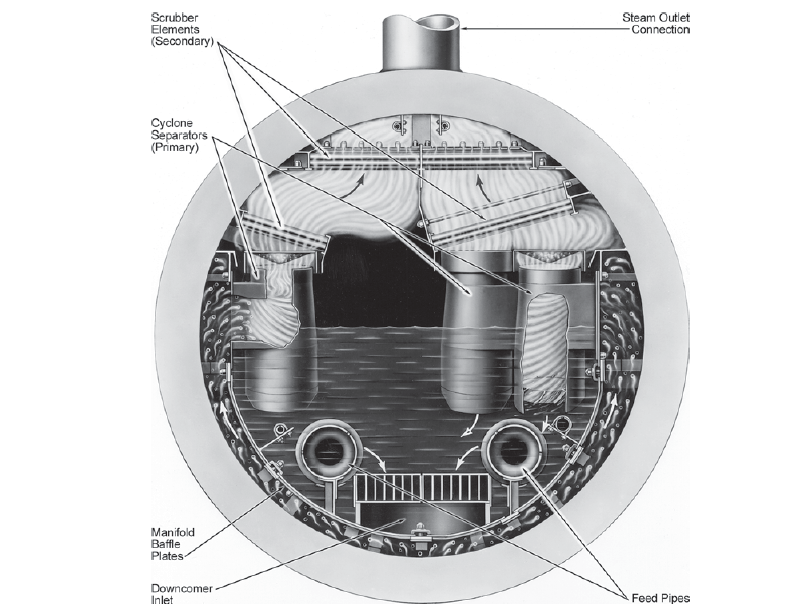Centrifugal Pump Overloading
Centrifugal pumps are said to be overloaded when the driving motor draws excess current resulting in excess then normal power consumption. This overloading of the pumps can be caused by various reasons as discussed below.
Causes of pump overloading
Centrifugal pump may draw high ampere due to the following reasons:-
1. Speed too high: - When speed increases the power consumption and current drawn increases, as changes in power is direct proportion to the cube of the speed N. (P α N3)
To avoid overload, control the speed of the primover of the pump to meet the design specific speed.
2. Higher viscosity of pumped liquid:- When the viscosity of the pumped liquid increases the brake horse power increases PH(K.w.)=(Q*g*H*γ)/(3.6x106).
Control the temperature of the fluid to be maintained at its working temperature, lower temperatures normally lead to higher viscosity.
3. Oversized impeller installed:- As flow rate is proportional to diameter of impeller then if an over sized impeller installed the pump power will increase (Q2/Q1)=(D2/D1).
Check impeller size and do all necessary actions to maintain the impeller size to its original size. If impeller size is increased, check the motor adequacy to handle new load.
4. Total head of system either higher or lower than anticipated.
Check piping installation and system design.
5. Misalignment between pump and driver: - Misalignment is the main reason for pump damage and trip as it can cause damage to stuffing box, failure of mechanical seal, bearing premature and pump over heat or seize. Typically angular shaft misalignment can be up to 1° and parallel misalignment up to 0.015 in.
Check pump and motor alignment and double check motor soft foot.
6. Rotating parts in contact with stationary parts: - this will cause an increase in the friction force and of curse increase the power needed to rotate pump
Stop the pump and check shaft endplay.
Check bearing condition.
Check motor and pump alignment.
7. Worn or damaged bearings: - Damaged bearing will cause misalignment between pump and motor also it will increase the friction force which may lead to compelete pump seizer.
Dismantle the pump bearing and replace the damaged bearing with new one.
8.Mechanical seal exerts excessive pressure on seat:- this will cause an increase in the friction force between face and seat in the mechanical seal and increase the power needed to rotate pump
Slightly loosen the bolts of mechanical seal.
9. Bent shaft: - This produces a reversal of stresses in the shaft in each revolution that could lead to fatigue cracking and an eventual breakage of shaft, the most important reason is that some of the rotating parts maybe exposed to the stationary parts. Stainless steel parts will gall as soon as rubbing contact is made that results in motor overload.
Dismantle the pump and check shaft run out if it’s fond that readings are out of range send the shaft for balancing if the problem remains replace the shaft with a new one.
10. Pump operating too far out on head-capacity curve.
Control the flow of the pump by slightly close the discharge valve till the pump operate at its best efficiency point.



